Entry Category: Criminal Activities
Smith, Less (Lynching of)
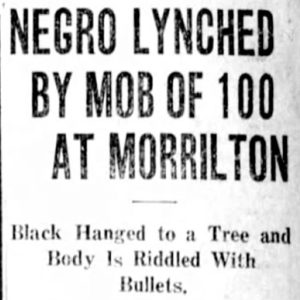 Less Smith Lynching Article
Less Smith Lynching Article
Smith, Robert Hardin
Smith, Walter (Reported Lynching of)
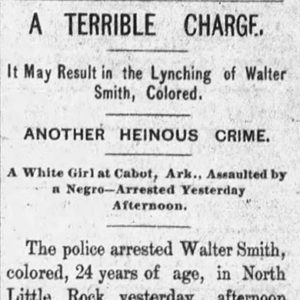 Walter Smith Crime Story
Walter Smith Crime Story
Smithee-Adams Duel
Snell, Richard Wayne
Southern Arkansas Race Riots of Late 1896
Spence, Helen
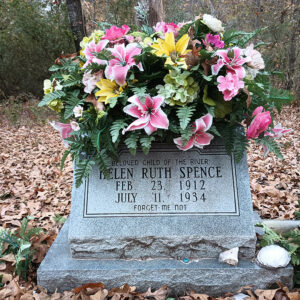 Helen Spence Gravesite
Helen Spence Gravesite
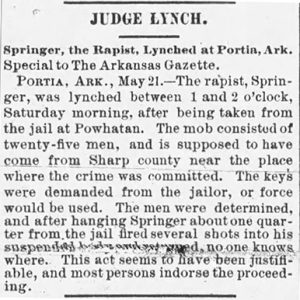 Springer Lynching Article
Springer Lynching Article
Springer, Andrew (Lynching of)
St. Charles Lynching of 1904
St. Francis County Reported Lynching of 1910
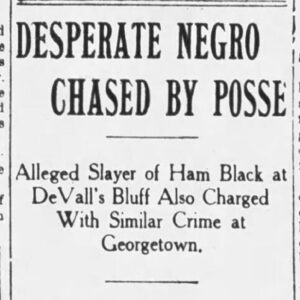 St. Francis County Reported Lynching of 1910 Article
St. Francis County Reported Lynching of 1910 Article
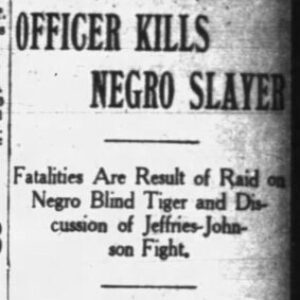 St. Francis County Reported Lynching of 1910 Article
St. Francis County Reported Lynching of 1910 Article
Starr, Belle
aka: Myra Maybelle Shirley
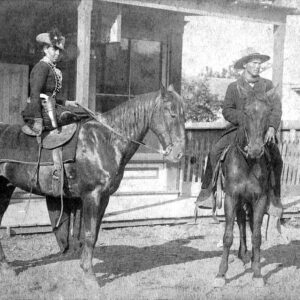 Belle Starr
Belle Starr
 Belle Starr Arrest Warrant
Belle Starr Arrest Warrant
 Henry Starr
Henry Starr
 Amanda Stephens's Home
Amanda Stephens's Home
 Amanda Stephens
Amanda Stephens
Stewart, Charles (Lynching of)
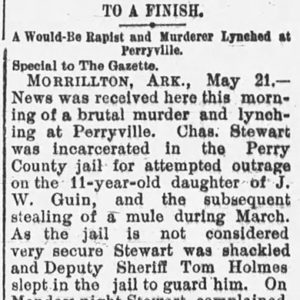 Charles Stewart Lynching Article
Charles Stewart Lynching Article
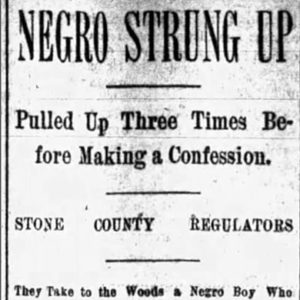 Stone County Lynching Article
Stone County Lynching Article
Stuttgart Lynching of 1916
Sullivan, Walter (Lynching of)
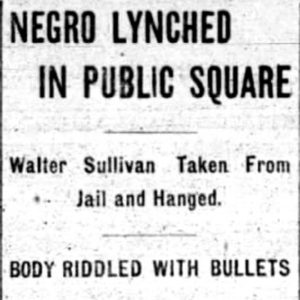 Sullivan Lynching Article
Sullivan Lynching Article
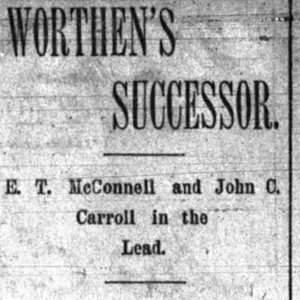 Sunnyside Plantation Convict Labor Article
Sunnyside Plantation Convict Labor Article
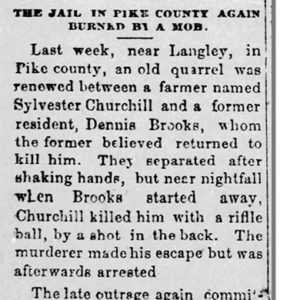 Sylvester Churchill Lynching Article
Sylvester Churchill Lynching Article
Taylor Sisters (Lynching of)
Templeton, George (Lynching of)
Texarkana Moonlight Murders
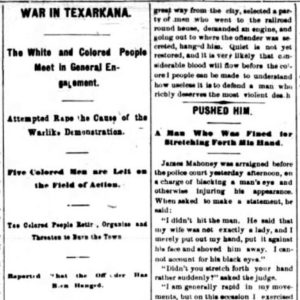 Texarkana Race Riot Article
Texarkana Race Riot Article
Thomas, Wade (Lynching of)
Thompson, Alex (Lynching of)
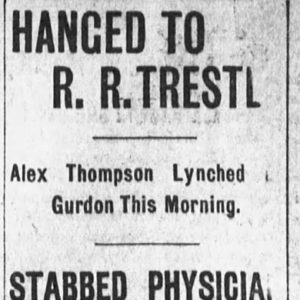 Alex Thompson Lynching Article
Alex Thompson Lynching Article
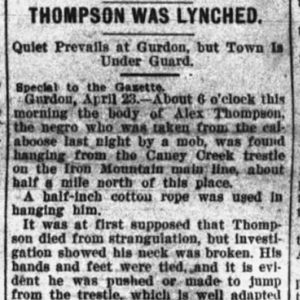 Alex Thompson Lynching Article
Alex Thompson Lynching Article
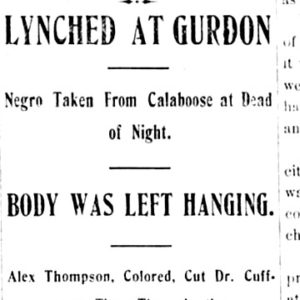 Alex Thompson Lynching Article
Alex Thompson Lynching Article
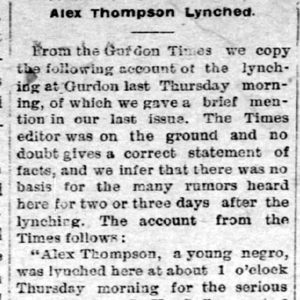 Alex Thompson Lynching Article
Alex Thompson Lynching Article
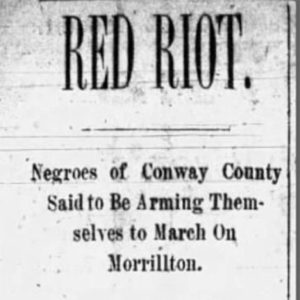 Flanigan Thornton Lynching Article
Flanigan Thornton Lynching Article
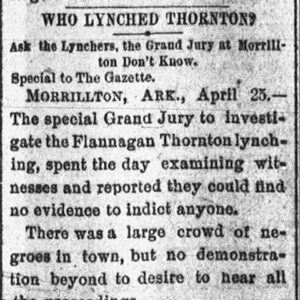 Flanigan Thornton Lynching Article
Flanigan Thornton Lynching Article
Thornton, Flanigan (Lynching of)
Tillman, John Arthur
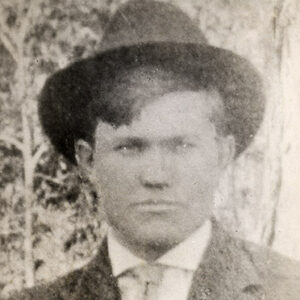 John Arthur Tillman
John Arthur Tillman
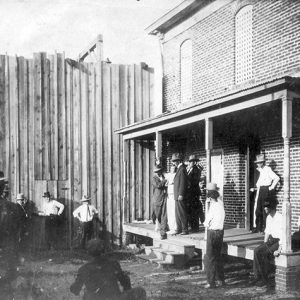 John Arthur Tillman
John Arthur Tillman
Toll (Lynching of)
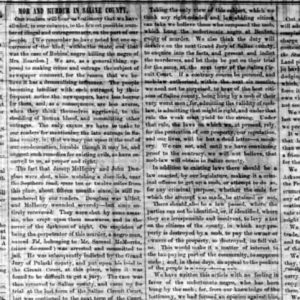 Toll Lynching Story
Toll Lynching Story




